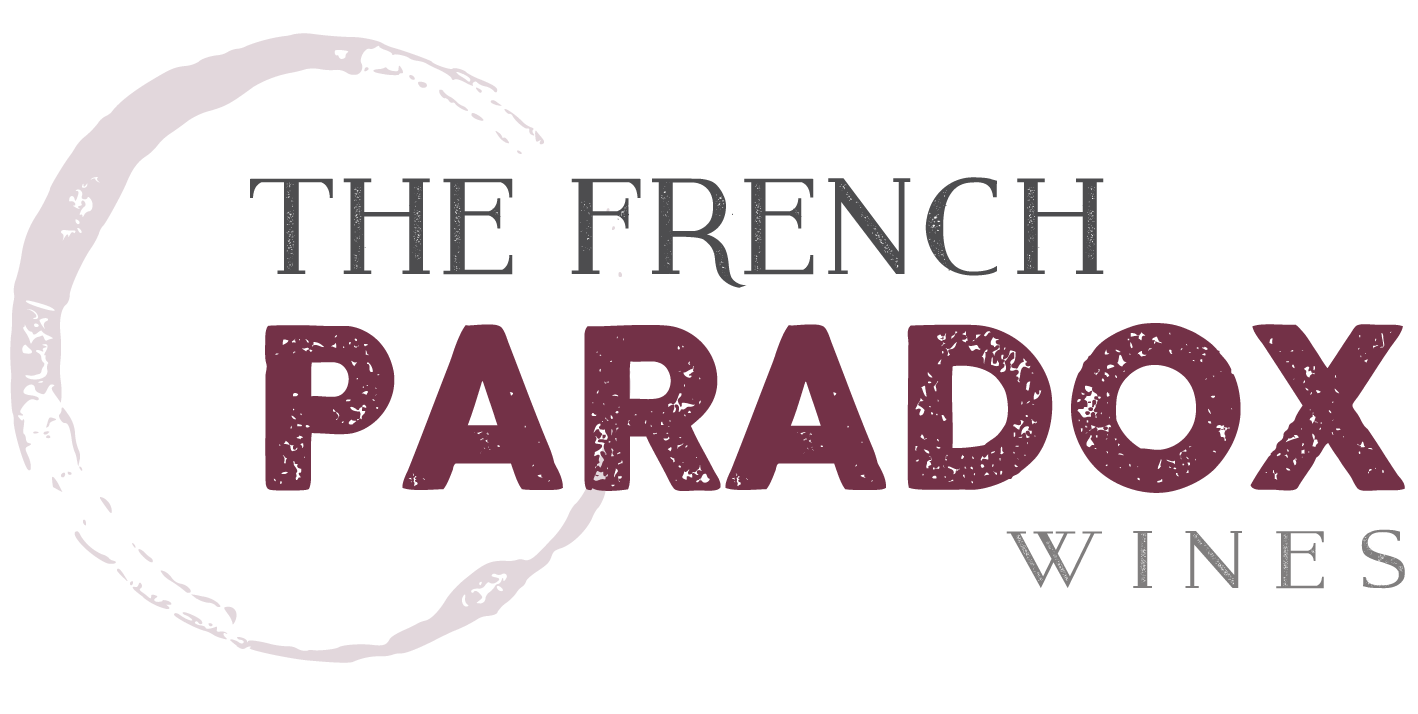Look at the bottle on the table in front of you. (Or visualize it, if you’re at work).
Does it have the name of a single grape on it?
So, that means that its made from only one grape, unlike like other ‘blended’ wines from France. And Italy. Spain, Portugal. Right?
Uh, nope.
You see, even in California, despite what is says on the label, different grapes are blended to make the finished wine. And I’m not talking just about Insignia or Dominus or Opus 1 (or Red Truck or Phantom or Cannonball, either). I’m talking about the wine that says Pinot Noir or Cabernet Sauvignon or Merlot or Zinfandel right on the label. US law dictates that the wine only has to have 75% of the ‘labe’ grape to call itself by that name. The rest of the wine can be made of any grape. Shocking, I know.
At least, in France (and Italy, Spain and Portugal), there are rules. If your wine says ‘Red Bordeaux’ it must be made of one or more of five allowable grapes. In Chateauneuf-du-Pape, there are 13 grapes that legally can be used, but only those 13. Sure, it’s tough to memorize all the rules. The rules are different in each country and appellation. But, at least rules exist.
I’m not trying to imply that the wines from countries that have clear rules are better than those that don’t (They are). But having clearly articulated rules helps the consumer understand what they are buying. And since ‘where’ (the grape is grown) is as important as ‘what’ (the grape is), the rules allow the consumer to understand how a particular wine might differ from the same grape grown elsewhere.
Likewise, knowing in advance what grapes are allowed to be blended offers the consumer more valuable information. Last year’s Luvmyyuge Cabernet (which you loved) might be completely different from this year’s because the winery blended in different grapes and didn’t even send you an email.
Let’s be clear…the blending of different grapes into a single wine is a time-honored practice, that usually benefits the wine…and the consumer. We’ve become quite comfortable with blends from Chianti, Rioja, Champagne, Bordeaux, among others. And no, these regions are not required to list all the grapes used on the label. But, there are clearly defined rules that determine what grapes can be used in these regions. At the very least, the US wine industry should clearly list all the grapes used in a blend on the label. Otherwise, caveat emptor!
